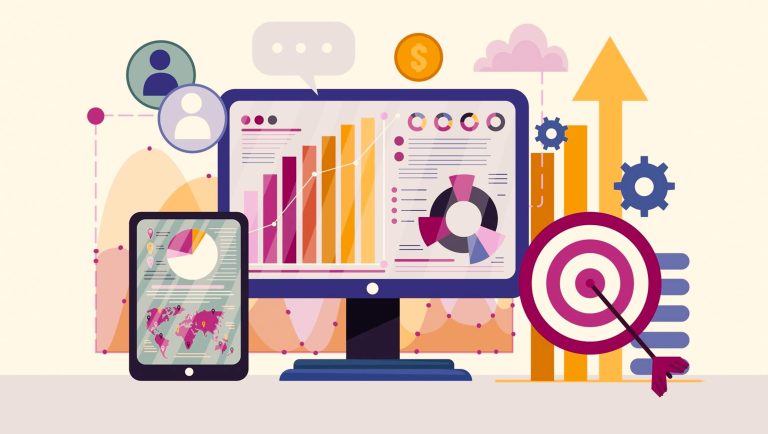It’s no secret that the past year has been challenging for many organizations. Day-to-day business operations have shifted significantly. And in an effort to mitigate risk, the majority of sellers are working remotely.
At the same time, B2B buyer expectations are higher than ever. Modern buyers expect personalized, engaging experiences throughout the purchase journey — even when they can’t be in the same room as sellers.
The right sales enablement strategy and technology can help you overcome these challenges and come out on top.
Also Read: Tips for Implementing Emotional Intelligence into Your Digital Workplace
The Majority of Organizations Don’t Know Measure the Impact of Their Enablement Efforts
Sales enablement has the potential to have a large, quantifiable impact on many aspects of your business. So it’s not surprising that according to a CSO Insights report, 61.3% of organizations had a sales enablement person, initiative or function going into 2020. In 2013, only 19.3% of organizations had sales enablement, which illustrates the rapid growth of this core business function.
But the same report found that prior to the COVID-19 pandemic, only a quarter of organizations consistently measured the impact of sales enablement. That means a staggering three quarters of organizations that made significant investments in sales enablement had little insight into whether their efforts were actually paying off.
In a good economic climate, sales enablement teams that failed to measure impact could fly under the radar. But in the midst of the COVID-19 pandemic and the related economic crisis, that’s no longer the case. Budgets have tightened, spending is scrutinized and sales enablement teams are under pressure to prove ROI.
3 Tips for Optimizing Your Sales Enablement Strategy for Maximum ROI
It’s key to regularly measure sales enablement success. After all, it’s the only way to prove ROI.
Now’s the time to evaluate your organization’s approach to sales enablement and identify opportunities to improve performance. Read on to explore three tips that’ll help you achieve maximum ROI from your sales enablement strategy — even after the pandemic is a distant memory.
Also Read: Why Econometrics Brings Advertising Certainty
Design sales enablement around the customer journey
Every step of the purchase journey — from the initial website visit through the sales process — plays an important role in a buyer’s overall experience. And more than ever, the buyer is in control. You’ve got to deliver experiences that align with how customers want to buy. Even a single misstep — like a piece of irrelevant content — can cost a sale.
Sales, marketing and enablement teams must collaborate to map out the customer journeys for the most prevalent selling and buying scenarios. Then, sales enablement teams must ensure their services — content, training and coaching — are aligned with each step of the buyer journey. That way, sellers are always equipped with the tools and resources they need to deliver relevant experiences, regardless of where the buyer is on the purchase journey.
Less than a third (30.6%) of organizations align enablement services to the purchase journey. This is a big missed opportunity for the remaining 69.4%. According to CSO Insights, organizations that aligned enablement services to the customer’s path to purchase achieved significantly better win rates than those that didn’t.
Integrate content, training and coaching
Sales enablement teams typically offer three core services: content, training and coaching. All too often, these services are developed in silos. And sellers must access multiple tools to find what they need in a specific selling situation.
However, organizations that are most successful are those that take an integrated approach to sales enablement services. Content, training and coaching services should work together and complement each other. And sellers should be able to find everything they need in a specific selling scenario — including content and training — all in one location.
Anchor sales enablement in CRM
The right sales enablement technology is critical to success. But this technology can’t exist in a vacuum. Instead, you must consider how sales enablement fits in and supports other key sales technologies in use at your organization — especially customer relationship management (CRM) software.
According to CSO insights, 42.5% of organizations consider CRM to be the anchor for all enablement technologies. And that’s a good mindset to have. CSO Insights also found that when enablement technologies are integrated into CRM, quota attainment rates were 6.8% higher than average.
Conclusion
The right sales enablement strategy and technology can help your organization overcome its biggest challenges. But today, the majority of organizations fail to measure the success (or failure) of their sales enablement efforts. That may have flown in the past, but not anymore. Today, sales enablement practitioners must regularly measure effectiveness in order to prove ROI. So now’s the time to take an honest look and your sales enablement program and identify opportunities to improve your performance.
Also Read: Why Contextual Targeting Will Solve Your Third-Party Cookie Strategy Conundrum






















